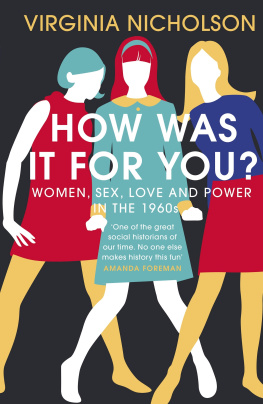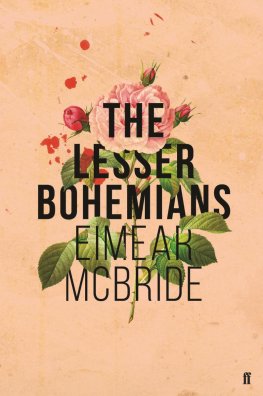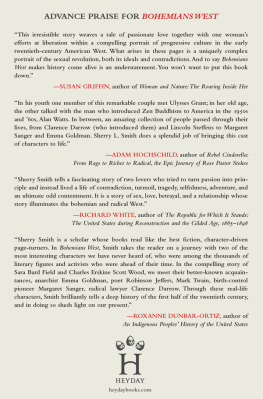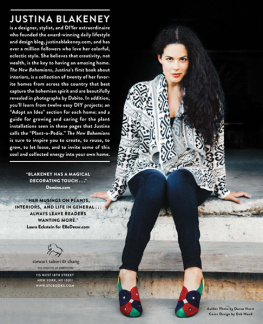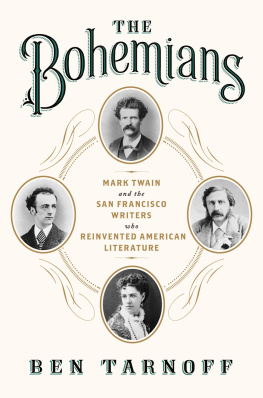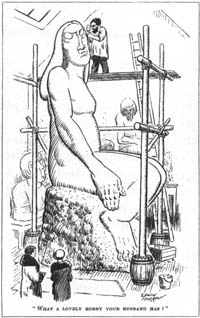Virginia Nicholson - Among the Bohemians: Experiments in Living 1900-1939
Here you can read online Virginia Nicholson - Among the Bohemians: Experiments in Living 1900-1939 full text of the book (entire story) in english for free. Download pdf and epub, get meaning, cover and reviews about this ebook. year: 2004, publisher: William Morrow, genre: Detective and thriller. Description of the work, (preface) as well as reviews are available. Best literature library LitArk.com created for fans of good reading and offers a wide selection of genres:
Romance novel
Science fiction
Adventure
Detective
Science
History
Home and family
Prose
Art
Politics
Computer
Non-fiction
Religion
Business
Children
Humor
Choose a favorite category and find really read worthwhile books. Enjoy immersion in the world of imagination, feel the emotions of the characters or learn something new for yourself, make an fascinating discovery.

- Book:Among the Bohemians: Experiments in Living 1900-1939
- Author:
- Publisher:William Morrow
- Genre:
- Year:2004
- Rating:3 / 5
- Favourites:Add to favourites
- Your mark:
Among the Bohemians: Experiments in Living 1900-1939: summary, description and annotation
We offer to read an annotation, description, summary or preface (depends on what the author of the book "Among the Bohemians: Experiments in Living 1900-1939" wrote himself). If you haven't found the necessary information about the book — write in the comments, we will try to find it.
Subversive, eccentric and flamboyant, the artistic community in England in the first half of the twentieth century was engaged in the bold experiment of refashioning not just their art, but their daily lives. They reinvented the home, challenging and rejecting the smug certainties of the Victorian bourgeoisie, in what amounted to a domestic revolution.
From Roy Campbells recipe for bouillabaisse to Iris Tree cutting off her braid and leaving it behind on a train, creativity entered every aspect of these peoples lives. Bohemians ate garlic and didnt always bathe; they listened to Wagner and worshipped Diaghilev; they sent their children to coeducational schools, explored homosexuality and free love, vegetarianism and Postimpres-sionism. They were often drunk and broke, sometimes hungry, but they were of a rebellious spirit. Inhabiting the same England with Phil-istines and Puritans was a parallel minority of moral pioneers, traveling third class and coping with faulty fireplaces.
This is a book about a search for truth and beauty in small things; it is also about sacrifice, liberty, class conflict and the generation war. In many cases, Bohemias headlong idealism collided disastrously with the demands of everyday life. Accompanying the victories in this rebellion was an anarchic clutter of bounced checks, blocked drains, whooping cough, and incontinent cats. Sometimes artists felt lost amid the turmoil of new freedoms. Contempt for convention led all too often to poverty, divorce, addiction and even death.
Many of the heroes and heroines of this transitional time are half-forgotten, neglected characters from the footnotes of history who achieved little of artistic durability. Their voices have seldom been heard, but their valiant approach to the art of living deserves to be celebrated. For where they led, we have followed. Gradually, imperceptibly, Bohemia changed society. Among the Bohemians testifies to that quiet revolution.
Virginia Nicholson: author's other books
Who wrote Among the Bohemians: Experiments in Living 1900-1939? Find out the surname, the name of the author of the book and a list of all author's works by series.

